Why are Russian warships in Cuba?
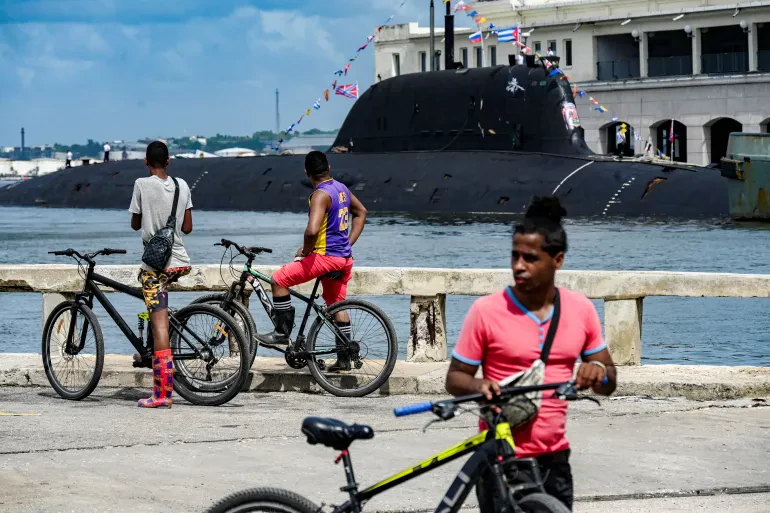 People look at the nuclear-powered submarine Kazan, part of the Russian naval detachment visiting Cuba, after its arrival at Havana's harbour on June 12, 2024 [Yamil Lage/AFP]
People look at the nuclear-powered submarine Kazan, part of the Russian naval detachment visiting Cuba, after its arrival at Havana's harbour on June 12, 2024 [Yamil Lage/AFP]
On Wednesday, dozens of Havana residents gathered and watched as Russian warships sailed into Cuba’s main harbour – in the latest display of naval strength by Moscow amid heightened tensions with the United States.
The Caribbean nation is a neighbour of the US, which at its closest point, is just about 150 kilometres (94 miles) away, but have had tense relations for decades.
While it is not the first time Russian navy ships have visited Cuba, this convoy appears to be the largest in several years. The fleet is expected to stay between June 12 and 17 and the public will be allowed to take tours of the vessels.
Here’s what we know about why Russia has sent ships to Cuba now, how far back Russian-Cuban ties go, and why the two have gotten closer in the past year:
Why are the warships in Havana?
The flotilla is part of a “friendly” routine visit between the two countries’ navies, Cuban officials have said. The crew on board are expected to conduct military training exercises during their time in the Caribbean.
But analysts have said Moscow’s move is largely calculated to flex naval muscle in the US’s back yard. The detachment comes after escalating tensions between Russia and the US, following President Joe Biden’s decision in May to allow Ukraine to attack Russian targets with American weapons.
Russian President Putin has promised retaliation against not only the US, but also other Western allies of Ukraine who also removed restrictions on using their weapons against Moscow.
“That would mark their direct involvement in the war against the Russian Federation, and we reserve the right to act the same way,” Putin said last week, adding that Moscow was ready to use nuclear weapons.
Benjamin Gedan, director of the Latin America programme at the Washington, DC-based Wilson Center think tank, told The Associated Press news agency that “the warships are a reminder to Washington that it is unpleasant when an adversary meddles in your [neighbourhood].”
The naval show-off is also meant to reassure Moscow’s Latin American allies – Cuba and Venezuela, of its continued support for them against Washington, some experts said.
Like Russia and Cuba, economically ravaged Venezuela has unpleasant relations with the US and is under American sanctions.
What ships did Russia deploy and how much of a threat are they?
The Russian fleet includes four vehicles in total.
Admiral Gorshkov: is the lead ship in the convoy. The frigate – that is, a warship that is light to steer and can be easily manoeuvred – is one of the Russian navy’s most modern models. It is capable of carrying out long-range missile attacks and anti-submarine warfare while being difficult to spot with radars because of the use of stealth technology. The ship is equipped with Zircon hypersonic missiles, which Putin has in the past said can fly nine times faster than the speed of sound at a range of more than 1,000km (more than 620 miles). It also carries Kalibr and Oniks cruise missiles.
Kazan: is a nuclear-powered submarine and houses a nuclear reactor. The vehicle is also believed to be equipped with missiles from the Kalibr and Oniks families.
Pashin – the fleet’s oil tanker, and a rescue tugboat – Nikolai Chiker – complete the convoy as support vehicles.
How has the US responded?
US officials are publicly downplaying the deployment, and say it is part of usual port-calls between Russia and Cuba.
White House National Security Adviser Jake Sullivan told reporters on Wednesday that such naval exercises were routine and that there were no signs Moscow was transferring missiles to Havana.
Last July, Perekop – a Russian training ship equipped with anti-aircraft guns and a rocket launcher – was on a four-day visit to Havana and conducted “a range of activities” according to Cuban officials. The Admiral itself visited in 2019.
“We have seen this kind of thing before, and we expect to see this kind of thing again, and I’m not going to read into it any particular motives,” Sullivan said, adding that the US would remain vigilant.
The US deployed ships and planes that monitored the movement of the fleet even before it arrived in Cuba and assessed there were no nuclear weapons on board, officials speaking to US media said, noting that the fleet stayed in international waters throughout.
What are Cuba and Russia saying?
Russia’s Defence Ministry said on Tuesday that the fleet had conducted drills in the Atlantic while on the way to Cuba.
The Russian crew practised using high-precision missile weapons with the aid of computer-simulated enemy ship targets located at a distance of more than 600km (more than 320 nautical miles), according to the ministry.
Meanwhile, the Cuban Foreign Ministry, before the fleet’s arrival, stressed that none of the warships would carry nuclear weapons and added that their presence “does not represent a threat to the region”.
“Visits by naval units from other countries are a historical practice of the revolutionary government with nations that maintain relations of friendship and collaboration,” the ministry said in a statement.
Is this a replay of 1962?
Both Russia and Cuba have long been united in their opposition to the US. During the Cold War, their ties deepened intensely, as the then-Soviet Union befriended the ideologically aligned Havana. Moscow provided financial aid, military equipment, and naval training, boosting the country’s military might in the Caribbean.
Things came to a head in 1962 when Moscow transferred nuclear weapons to Cuba, prompting a response from the US, which imposed a naval blockade on Havana in response. That tense episode is now known as the Cuban Missile Crisis of 1962.
The fall of the Soviet Union saw Cuba lose a major economic partner and fall into economic depression. But in recent years, the countries’ cooperation has again deepened.
Analysts have said this week’s naval show-off marked that intensifying relationship, but noted that it does not necessarily mean a rehash of events in 1962. Rather, Cuba, in particular, is again drawn to Russia for economic reasons, rather than ideology.
How have their economic ties deepened in the past year?
In the longest-lasting trade sanctions in modern history, the US has since 1958 banned American entities from trading with Cuba – following Fidel Castro’s overthrow of a US-backed government in Havana.
Although the sanctions have been eased at different times, they have largely remained over the years. In 2015, US President Barack Obama decided to restore diplomatic ties with Cuba after 50 years, but his successor Donald Trump reversed course nearly four years later.
That has partly contributed to a continuing economic crisis in the Caribbean country – alongside shaky government economic policies – analysts said.
“The blockade qualifies as a crime of genocide,” Cuban Foreign Minister Bruno Rodriguez Parrilla said at a UN General Assembly meeting in November, referring to the US sanctions.
Deteriorating public services, regular power cuts, food and fuel shortages, and high inflation have pushed Cuba into its worst economic crisis in decades.
In recent years, Cuba has again turned to Russia, aiming to draw foreign investors. The two countries, last May, kicked off a series of economic partnerships, including one that will allow Russian businesses to lease Cuban land for 30 years – an unusual move in the largely closed-off country.
Bilateral trade between Cuba and Russia reached $450m in 2022, three times that of 2021, Russian officials said. About 90 percent of the trade comprised sales of petroleum products and soy oil, as Russia pumps in badly needed fuel to the country.
Ricardo Cabrisas, Cuba’s former minister of foreign commerce, told reporters on the sidelines of a business forum hosting Russian investors in Havana last May that the economic ties between Russia and Cuba would only grow stronger.
“Nothing and no one can stop it,” Cabrisas said.
-Aljazeera

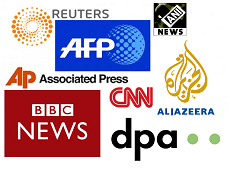
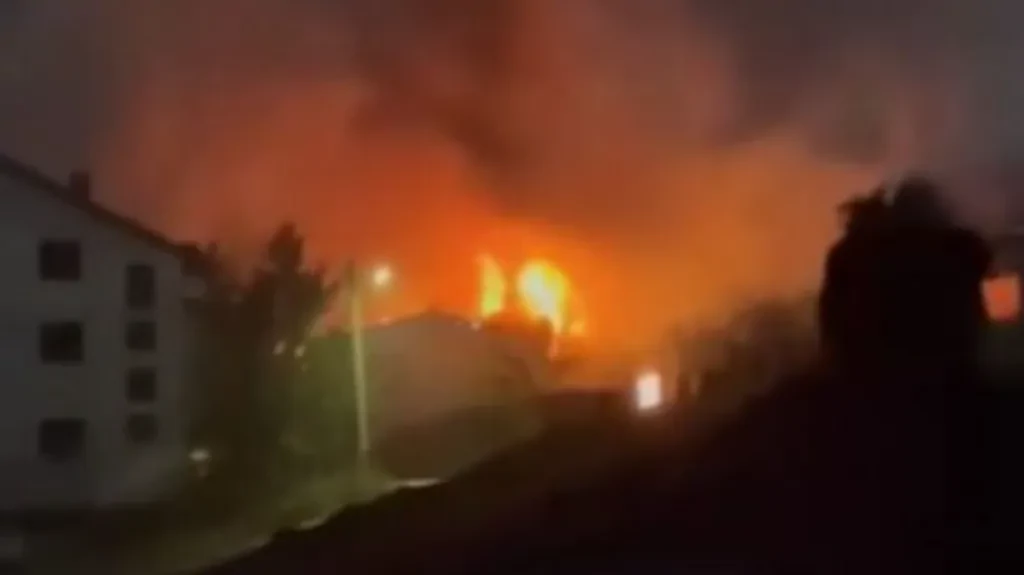
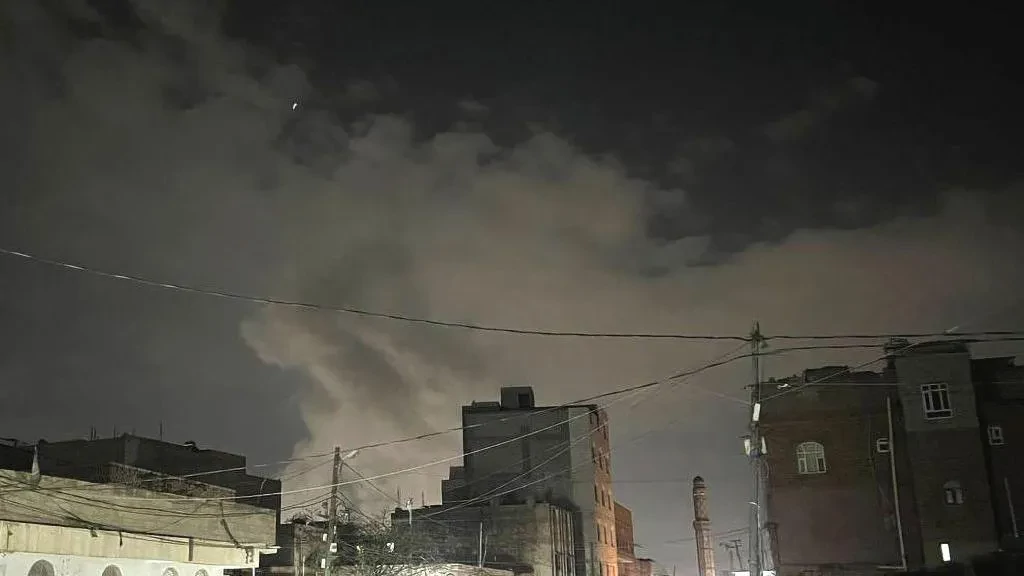
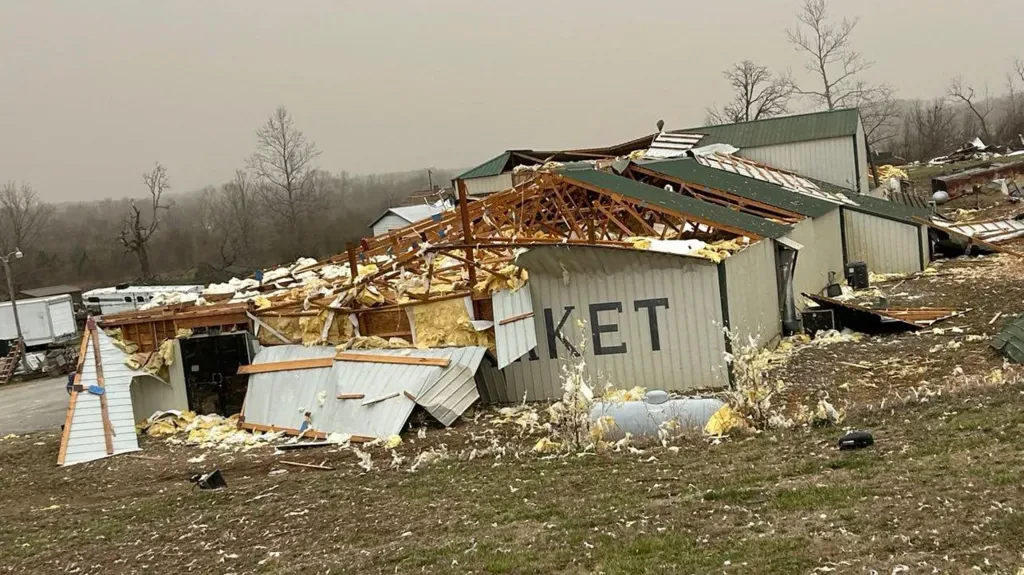
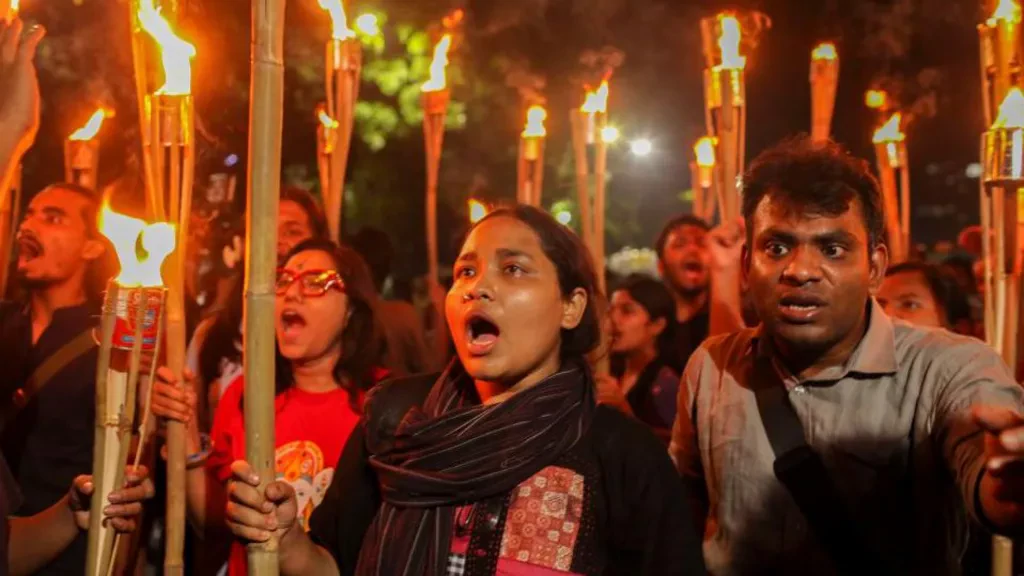
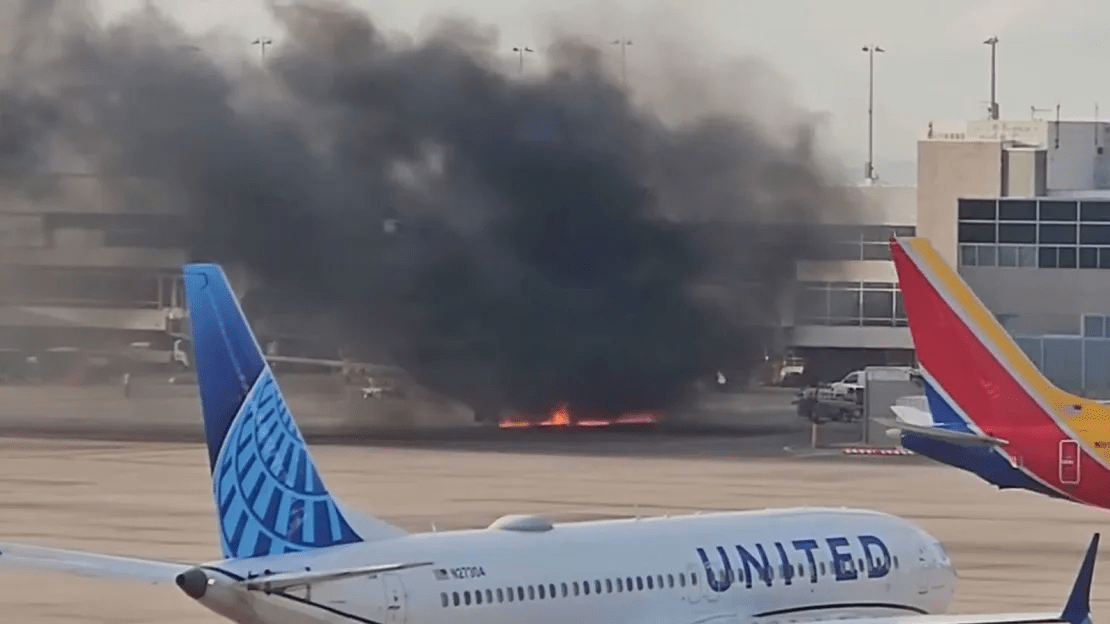
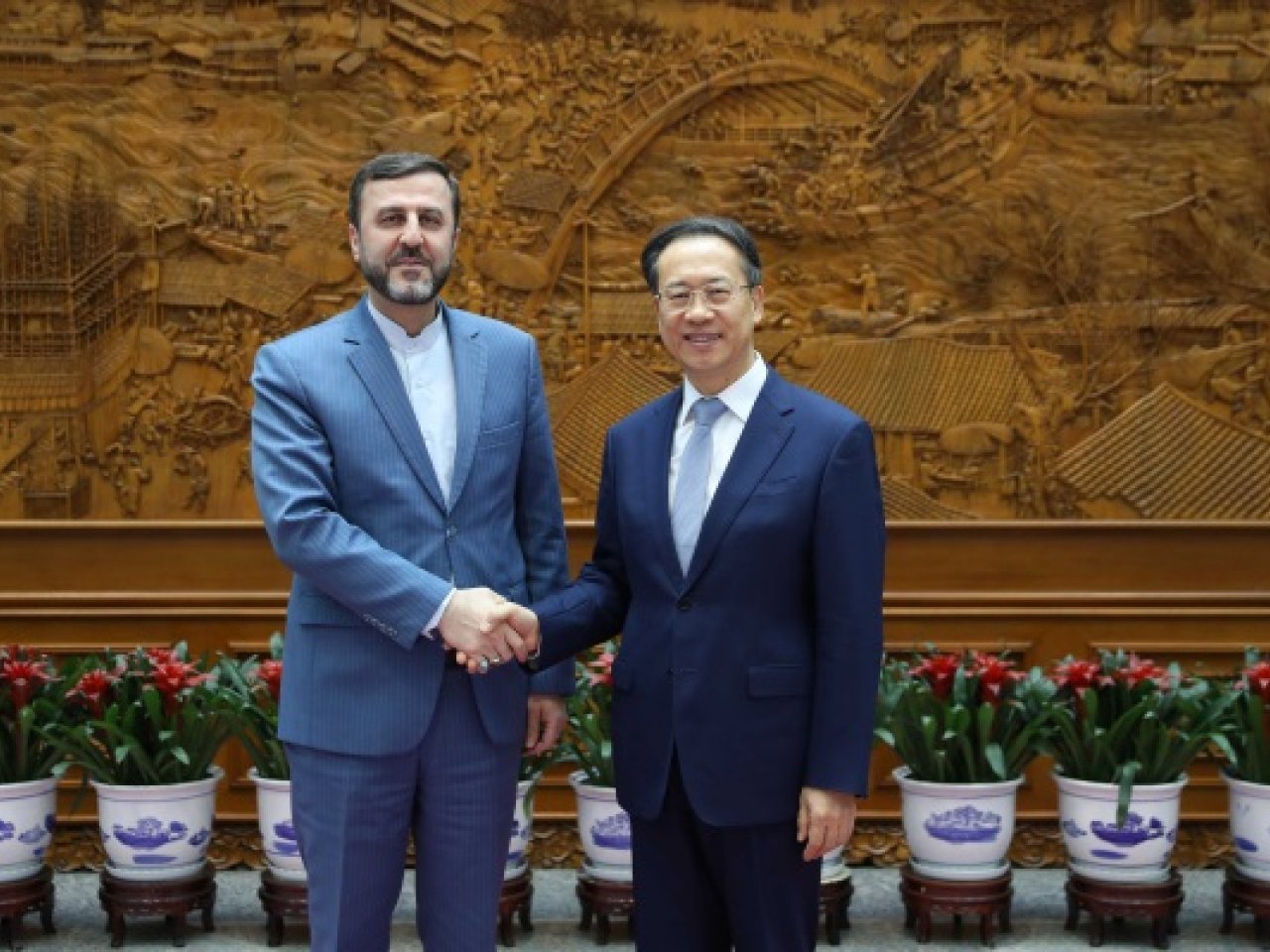
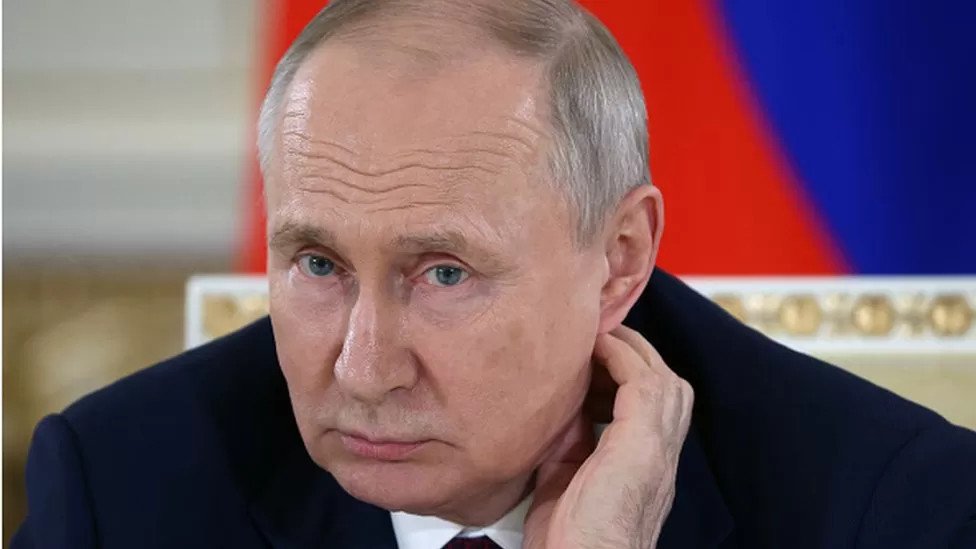

Leave Comment